THE PERSECUTION OF CHRISTIANS - PART 7
Gnostics, Merkabah, Heretics, Waldensians, Templars, Kabbalah, Black Magic, Khazars, Mongols, Well Poisoning, the Black Death and the Inquisition
In PART 6, we followed the prophecy in the Book of David and Revelations in the Bible that gave clues to what entities represent the Beasts. We concluded that the Papacy is the 1st beast and the United States represents the Second Beast. The Papacy also represents the Potter’s Clay that holds together the broken pieces of Iron in the prophecy in Daniel. If Christianity never formed, Ancient Rome would have already conquered the world and the people of this Earth would be worshipping one leader as their God. It would be a world of absolute pagan control and every citizen would be slaves.
Since Christianity does exist and blossomed within Ancient Rome, the two entities are forever intermingled. Rome’s obsession with Authority and fear of losing power forced them to create the Roman Catholic Church and the Vulgate, the Latin Bible created in 382 AD.
At the same time we also see many large Christian sects being formed that were labelled heretics by the Catholic Church. The interesting thing is that these anti-Catholic / heretical groups represents the very early stages of the Second Beast in revelations.
Remember the United States / Modern Day Western Culture began with many nations declaring themselves independent. These early nations declared their independence from the Roman Catholic Church’s power and created nations that represented the separation of Church and State. Freemasons, Rosicrucians, Knights Templar were secret societies that can be seen within Protestants, the Reformation and these “heretically” labeled Christian groups.
So now the question needs to be asked. Have these two groups been working together since the beginning? The key is who the Roman Catholic Church labelled heretics.
Why was Islam never labelled Heresy but only certain sects of Christianity? It’s because this was how Roman Catholicism enacted authority and continued the persecution of Christians. They just needed a heretical leader to lead a large group of Christians astray and rinse and repeat. These heretical leaders were most likely gnostics / initiates / infiltrators that made enough noise for the Pope to label a group of people heretical.
Another benefit of this strategy is that it starts a new underground movement and splits the Christian base more. Many of these heresies of old represent different denominations today. Also it creates confusion onto which denomination represents the true church. Many Christians know that the true church is located in the teachings of Jesus Christ in the Bible so the cabal’s goal has been to make people ignorant of this fact.
The followers of Roman paganism and the Mystery Babylon Religion were part of the Iron Roman Empire that became mixed with the Potter’s Clay, the Roman Catholic Church. These two entities are constantly trying to pull themselves a part to recreate the Iron legs of the Ancient Roman Empire. It began with the Gnostics trying to discredit the teaching of Jesus Christ by purposely creating ‘heretical’ Christian groups. They knew the Roman Authority still existed within the Roman Catholic Church and this was the only way to try and destroy Christianity.
Most popular Gnostic sects were heavily inspired by Zoroastrianism, which was the Pagan Religion of the Persian Empire. Remember the Babylonian Jews created the Talmud and their Jewish religion within the Persian Empire, meaning they were heavily influenced by Zoroastrianism / Babylon / Gnostic / Pagan ideas. The origins of Gnosticism shows a strong Jewish influence, particularly from Hekhalot literature:
Beginning in 100 BC, especially 1–130 AD, early Rabbinic merkabah mysticism referred to briefly in exoteric Rabbinic literature such as the Pardes ascent; also related to early Christian mysticism.
1–200 AD, continuing till 1000 AD, merkabah mystical ascent accounts in the esoteric merkabah-Hekhalot literature
The earliest Rabbinic merkabah commentaries focused on prophetic visions of God in the heavens, and the divine retinue of angels, hosts, and heavenly creatures surrounding God. The earliest evidence suggests that merkabah homiletics did not give rise to ascent experiences—as one rabbinic sage states: "Many have expounded upon the merkabah without ever seeing it.”
One mention of the merkabah in the Talmud notes the importance of the passage:
"A great issue—the account of the merkavah; a small issue—the discussions of Abaye and Rava [famous Talmudic sages].”
The sages Rabbi Yochanan Ben Zakkai (80 AD) and later, Rabbi Akiva (135 AD) were deeply involved in merkabah exegesis. Rabbi Akiva and his contemporary Rabbi Ishmael ben Elisha are most often the protagonists of later merkabah ascent literature.
Discussions concerning the merkabah were limited to only the most worthy sages, and admonitory legends are preserved about the dangers of overzealous speculation concerning the merkabah.
Gnoticism / Merkabah is a form of pre-Kabbalah Jewish mysticism that teaches both of the possibility of making a sublime journey to God and of the ability of man to draw down divine powers to earth; it seems to have been an esoteric movement that grew out of the priestly mysticism already evident in the Dead Sea Scrolls and some apocalyptic writings
Gershom Scholem, a historian of Jewish philosophy, claimed that several core Gnostic ideas reappear in medieval Kabbalah, where they are used to reinterpret earlier Jewish sources. In these cases, according to Scholem, texts such as the Zohar adapted Gnostic precepts for the interpretation of the Torah, while not using the language of Gnosticism. Scholem further postulated that there was originally a "Jewish Gnosticism", which influenced the early origins of Christian Gnosticism.
The Roman Catholic Heretics
In 90 AD, Babylonian Jews were into gnosticism because it was part of the Mystery Babylon religion. As Christianity developed and became more popular, so did Gnosticism, with both proto-orthodox Christian and Gnostic Christian groups often existing in the same places. The Gnostic belief was widespread within Christianity until the proto-orthodox Christian communities expelled the group in the second and third centuries. Gnosticism became the first group to be declared heretical.
Valentinus, the Saint where Valentines Day comes from, received Greek education in Alexandria. Alexandria was of central importance for the birth of Gnosticism. The Christian ecclesia (congregation, church) was of Jewish–Christian origin, but also attracted Greek members, and various strands of thought were available, such as "Judaic apocalypticism, speculation on divine wisdom, Greek philosophy, and Hellenistic mystery religions."
Timeline of Christian Heretical Sects:
Valentinianism - In 150 AD, Valentinus founded this movement, which tried to intertwine Gnostics elements, such as the Pleorma, Bythos, Aeons, Sophia and the Demiurge with the teachings of Jesus.
Adoptionism - Theodotus of Byzantium (190 AD), a Valentinian Gnostic, was the most prominent exponent of adoptionism.
Manichaeism - The founder, Mani (216 - 274 AD), intended to "combine",succeed, and surpass the teachings of Christianity, Zoroastrianism, Buddhism, Marcionism, Hellenistic and Rabbinic Judaism, Gnostic movements, Ancient Greek religion, Babylonian and other Mesopotamian religions, and mystery cults.
Arabici - At a council in 250 AD, the Arabici were reconciled to the Church, through the persuasive mediation of Origen. As a young man, Origen was taken in by a wealthy Gnostic woman, who was also the patron of a very influential Gnostic theologian from Antioch, who frequently lectured in her home.
Arianism - The ecumenical First Council of Nicaea of 325 AD, convened by Emperor Constantine to ensure church unity, declared Arianism to be a heresy. The founder of Arianism, Arius, was influenced by the writings of the gnostic Origen.
Docetism - This sect was rejected at the First Council of Nicaea in 325 AD and is regarded as heretical by the Catholic Church. Gnostic texts, such as the Fundamental Epistle and Gnostic Apocalypes of Peter are considered to be be Docetism texts.
Collyridianism - In 376 AD, this Christian group worshipped Mary as a goddess, which represented the intertwining of gnostics worship of the Pagan Divine Mother (Isis, Ishtar, Astarte, etc.) into Christianity.
Paulicianism - An Adoptionist group which flourished between 650 and 872 AD in Armenia and the Eastern Themes of the Byzantine Empire, were accused by orthodox medieval sources of being Gnostic and quasi Manichaean Christian.
Bogomils - Emerged in Bulgaria between 927 and 970 AD and spread throughout Europe. It was as synthesis of Armenian Paulicianism and the Bulgarian Orthodox Church reform movement.
Catharism - A Christian dualist or Gnostic movement between 1100 - 1300 AD, which thrived in Southern Europe, particularly in northern Italy and southern France. Followers were described as Cathars and referred to themselves as Good Christians. The movement was greatly influenced by the Bogomils of the First Bulgarian Empire, and may have originated in the Byzantine Empire, namely through adherents of the Paulician movement.
Brethren of the Free Spirit - In the Low Countries, Germany, France, Bohemia, and Northern Italy between the 1200 - 1400 AD. In his 1434 work, Formicarius, Nider combined the Free Spirit heresy with witchcraft in his condemnation of false teachings. Formicarius also became a model for Malleus maleficarum, a later work by Heinrich Kramer in 1486.
Given that some of the earliest dated Kabbalistic texts emerged in medieval Provence, at which time Cathar movements were also supposed to have been active, Scholem and other mid-20th century scholars argued that there was mutual influence between the two groups. According to Dan Joseph, this claim has not been substantiated by any extant texts.
Followers of Jesus span the globe. But the global body of more than 2 billion Christians is separated into thousands of denominations. Pentecostal, Presbyterian, Lutheran, Baptist, Apostolic, Methodist — the list goes on. Estimations show there are more than 200 Christian denominations in the U.S. and a staggering 45,000 globally, according to the Center for the Study of Global Christianity.
The Rise of Pure Christianity
The Waldensians were associated by councils and papal decrees with the Cathars; however they differed radically from them: the Waldensians never accepted Gnostic views, they did not reject the sacraments in total and did not believe in mysticism.
The Waldensians were the purest group of Christianity in the Middle ages because they represented true Biblical value that were taught in the New Testament. Waldensians held and preached a number of doctrines as they read from the Bible.
These included:
The atoning death and justifying righteousness of Christ
The Godhead
The fall of man
The incarnation of the Son
A denial of purgatory as the "invention of the Antichrist"
The value of voluntary poverty
Perhaps, the universal priesthood of believers, as according to de Bourbon they claimed that all good men are priests
They also stood up the Roman Catholic Church, who controlled all of Europe at the time under the feudal system. They believed:
The Pope is the head of all errors
The Monks are Pharisees
Christians should obey God instead of the Prelates
That no one is above one another in the church
No one should kneel before a priest
Tithes should not be given
Bishops should not have royal rights
They condemn the Catholic sacraments
The Church has erred by prohibiting the marriage of the clergy
Peter Waldo (1140 – 1205 AD) was the leader of the Waldensians, a Christian spiritual movement of the Middle Ages. Waldo began traveling around Lombardy begging and preaching about the value of poverty. The region of Lombardy was a hotbed of religious reform movements at the time, many of which would be later deemed heresies by the Catholic Church.
As Waldo gathered followers and they determined their own doctrines they shared many features with these other reform movements - to the point that it becomes difficult for historians to determine the origins of many of the religious ideas circulating among them. Unlike the leaders of these other groups Waldo had never joined the Catholic Church's priesthood or any of its religious orders.
As groups like the Waldensians were rising throughout Europe and teaching the fundamentals on the Bible, the Templars were killing everyone who wasn’t a Roman Catholic. A crucial moment in history was when the Templars were put on the stake and burned because they practiced black magic around 1300 AD.
Medieval Europe saw the Latin legal term maleficium applied to forms of sorcery or witchcraft that were conducted with the intention of causing harm. Early in the 14th century, maleficium was one of the charges leveled against the Knights Templar. Maleficium was defined as "the practice of malevolent magic, derived from casting lots as a means of divining the future in the ancient Mediterranean world", or as "an act of witchcraft performed with the intention of causing damage or injury; the resultant harm."
Because Pure Christianity started to rise from the ashes and the Roman Catholic Crusades failed to build Solomon’s Temple, the Empire of broken pieces of Iron / Pagan Rome / Babylonian Jews / Secret Societies and the Potter’s Clay / Roman Catholic Church needed a DRASTIC plan to alter humanity forever and into their favor: the Black Death and Inquisitions.
The Black Death
The Black Death was a bubonic plague pandemic occurring in Western Eurasia and North Africa from 1346 to 1353. It is the most fatal pandemic recorded in human history, causing the deaths of 75–200 million people, peaking in Europe from 1347 to 1351.
The area in yellow above is the location of where the Khazars reigned between 650 - 850 AD. Sarai was the name of the city hat served successively as the effective capital of the Golden Horde, a Turco-Mongol kingdom which ruled much of Northwestern Asia and Eastern Europe, in the 13th and 14th centuries. Sarai just so happened to be the capital of the Khazars, who were known be a Jewish State. It just so happens this is also where the Black Death originates from.
In the 1300’s, when the Mongol Empire came to power, is often called the Age of the Mongols. Mongol armies expanded westward under the command of Batu Khan. Their western conquests included almost all of Russia. Bulgaria, Hungary, and Poland managed to remain sovereign states. Mongolian records indicate that Batu Khan was planning a complete conquest of the remaining European powers, beginning with a winter attack on Austria, Italy and Germany, when he was recalled to Mongolia upon the death of Great Khan Ögedei.
The Khan that was in power when the Black Death began was Djanibek Khan. In 1345, the Khan besieged Kaffa and his army catapulted Black Death corpses into Kaffa in an attempt to weaken the defenders. This is known as the event that start the ‘spread’ of the Black Death throughout Europe. According to the theory of Chinese origin, the Black Death have traveled along the Silk Road with Mongol armies and traders, or it could have arrived via ship.
The Silk Road got its name from the trade between China and Constantinople with Silkworm Eggs. In the mid-6th century CE, two monks, with the support of the Byzantine emperor Justinian I, acquired and smuggled living silkworms into the Byzantine Empire, which led to the establishment of an indigenous Byzantine silk industry that long held a silk monopoly in Europe. What a coincidence that a poison used in black magic in this time period, known as Gu/Ku, was created from Silkworms.
Jincan 金蠶 "gold silkworm/caterpillar" is a gu synonym first recorded in the Tang dynasty:
“Among the Miao on the fifth of the fifth month poisonous animals were put into a pot and allowed to devour each other, and they were called 'gold-silkworms'. The more people were killed by the ku, the richer the kus owner became. In our time the normal term for ku has been 'gold-silkworm'. These animals can make gold. It was typical for the gold-silkworm that people continued to feed this animal in the pot, that humans had to be sacrificed to it, that the animal kept the house clean and worked for its master like a brownie, but that it caused harm to its master if he did not provide proper sacrifices.”
Also around this time period Kabbalah and Black Magic were flourishing throughout Jewish communities in Europe. So could the Mongols and Babylonian Jews worked together to kill millions of Christians through the poisoning of wells? I would say this is more logical than a plague that wiped out 60% of Europe’s population.
The persecution of Jews during the Black Death consisted of a series of violent mass attacks and massacres. Jewish communities were often blamed for outbreaks of the Black Death in Europe. From 1348-1351, acts of violence were committed in Toulon, Barcelona, Erfurt, Basel, Frankfurt, Strasbourg and elsewhere. The persecutions led to a large migration of Jews to Jagiellonian Poland and the Grand Duchy of Lithuania.
There were many attacks against Jewish communities. In the Strasbourg massacre of February 1349, about 2,000 Jews were murdered. In August 1349, the Jewish communities in Mainz and Cologne were annihilated. By 1351, 60 major and 150 smaller Jewish communities had been destroyed. During this period many Jews relocated to Poland, where they received a warm welcome from King Casimir the Great.
The only logical answer as to why the people who survived the Black Death would start blaming and killing the Jews of Europe is because the Jews/Mongols poisoned the wells.
Pope Clement VI tried to protect the Jewish communities by issuing two papal bulls in 1348, on 6 July and 26 September. They stated that those who blamed the plague on the Jews had been "seduced by that liar, the Devil".
He went on to emphasize:
"It cannot be true that the Jews, by such a heinous crime, are the cause or occasion of the plague, because through many parts of the world the same plague, by the hidden judgment of God, has afflicted and afflicts the Jews themselves and many other races who have never lived alongside them".
He urged clergy to take action to protect Jews and offered them papal protection in the city of Avignon. Clement was aided by the research of his personal physician, Guy de Chauliac, who argued from his own treatment of the infected that the Jews were not to blame.
So as you can see here we see Beast #1, the Roman Catholic Church, helping Beast #2, the Pagan / Babylonian / Black Magic / Jewish / Secret Society.
The devastation in Florence caused by the Black Death, which hit Europe between 1348 and 1350, resulted in a shift in the world view of people in 14th-century Italy and led to the Renaissance. Italy was particularly badly hit by the pandemic, and it has been speculated that the resulting familiarity with death caused thinkers to dwell more on their lives on Earth, rather than on spirituality and the afterlife. It has also been argued that the Black Death prompted a new wave of piety, manifested in the sponsorship of religious works of art.
Prior to the emergence of the Black Death, the workings of Europe were run by the Catholic Church and the continent was considered a feudalistic society, composed of fiefs and city-states. The pandemic completely restructured both religion and political forces; survivors began to turn to other forms of spirituality and the power dynamics of the fiefs and city-states crumbled.
The demographic decline due to the pandemic had economic consequences: the prices of food dropped and land values declined by 30–40% in most parts of Europe between 1350 and 1400. Landholders faced a great loss, but for ordinary men and women it was a windfall. The survivors of the pandemic found not only that the prices of food were lower but also that lands were more abundant, and many of them inherited property from their dead relatives, which established feudalism.
The Catholic Inquisition
For 600 years, the inquisition forced the conversion of Catholicism onto the world. Right after the Templars were killed for secretly worshipping Baphomet, the Roman Catholic Church and the Babylonian Jews wanted to get revenge on the good Christians of Europe for forcing the their hand. The Christians kings of Europe called for the Pope to put the Templars on trial when the Papacy didn’t want to. But since the Papacy supposedly represented Christianity they were forced to follow Christian values and eradicating the open worship of pagan idols.
The events that transpired after the deaths of the Templars were some of the most evil events in human history. The Black Plague and Inquisition were persecutions that were very similar to the early days of the Roman Catholic Church. The Roman Catholic Church forced peasants to pay them through taxes and could care less about saving their souls.
The political boundaries of Europe in the 13th century were a patchwork of duchies, principalities and fiefdoms, all owing fealty to Rome. Priests with ambition discovered that they could make a lucrative career and a name for themselves by enlisting with the Inquisition.
In medieval Europe, an oath of fealty was a fundamental element of the feudal system in the Holy Roman Empire. It was sworn between two people, the feudal subject or liegeman (vassal) and his feudal superior (liege lord). The oath of allegiance was usually carried out as part of a traditional ceremony in which the liegeman or vassal gave his lord a pledge of loyalty and acceptance of the consequences of a breach of trust.
In return the liege lord promised to protect and remain loyal to his vassal. This relationship formed the basis of landholding, known as feudal tenure, whereby the seizin vested in the tenant (the vassal) was so similar to actual possession that it was considered a separate estate described as utile domain (dominium utile), literally "beneficial ownership", whereas the landlord's estate was referred to as eminent domain or superiority (dominium directum, lit. "direct ownership").
In Spain 1478, a land where Christians, Muslims and Jews reside, a young King and Queen bent on immortality, proclaim themselves the Catholic Monarchs and start an inquisition. Jews who had converted to Christianity are accused of secretly sabotaging the Christian faith. Thousands perish in a ritual called the ‘Act of Faith’. This is the beginning of the Spanish Empire and a long dark knight that will last for centuries.
The Waldensians would, later in their history, adopt a number of doctrines from the Reformed churches due to the French Reformer Guaillaume Farel, who introduced Reformation theology to Waldensian leaders. They officially adopted Reformed theology at a conference at Cianforan 1532. As a result of the conference, the Waldensians officially modified some of their previous positions such as their rejection of secular courts.
In January 1655, the Duke of Savoy commanded the Waldensians to convert to the Roman Catholic Church. The Waldensians refused and on April 24th, 1655, the Duke ordered for their massacre. The Duke's forces did not simply slaughter the inhabitants. They are reported to have unleashed an unprovoked campaign of looting, rape, torture, and murder.
According to one report by a Peter Liegé (WARNING: VERY GRAPHIC):
“Little children were torn from the arms of their mothers, clasped by their tiny feet, and their heads dashed against the rocks; or were held between two soldiers and their quivering limbs torn up by main force. Their mangled bodies were then thrown on the highways or fields, to be devoured by beasts. The sick and the aged were burned alive in their dwellings. Some had their hands and arms and legs lopped off, and fire applied to the severed parts to staunch the bleeding and prolong their suffering. Some were flayed alive, some were roasted alive, some disemboweled; or tied to trees in their own orchards, and their hearts cut out. Some were horribly mutilated, and of others the brains were boiled and eaten by these cannibals. Some were fastened down into the furrows of their own fields, and ploughed into the soil as men plough manure into it. Others were buried alive. Fathers were marched to death with the heads of their sons suspended round their necks. Parents were compelled to look on while their children were first outraged [raped], then massacred, before being themselves permitted to die.”
Continued in PART 8 ...

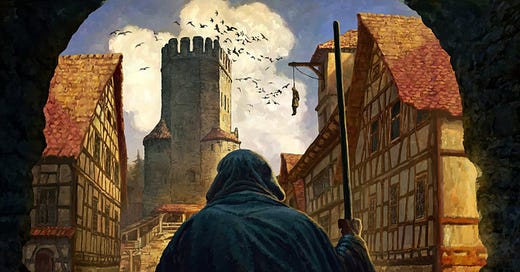



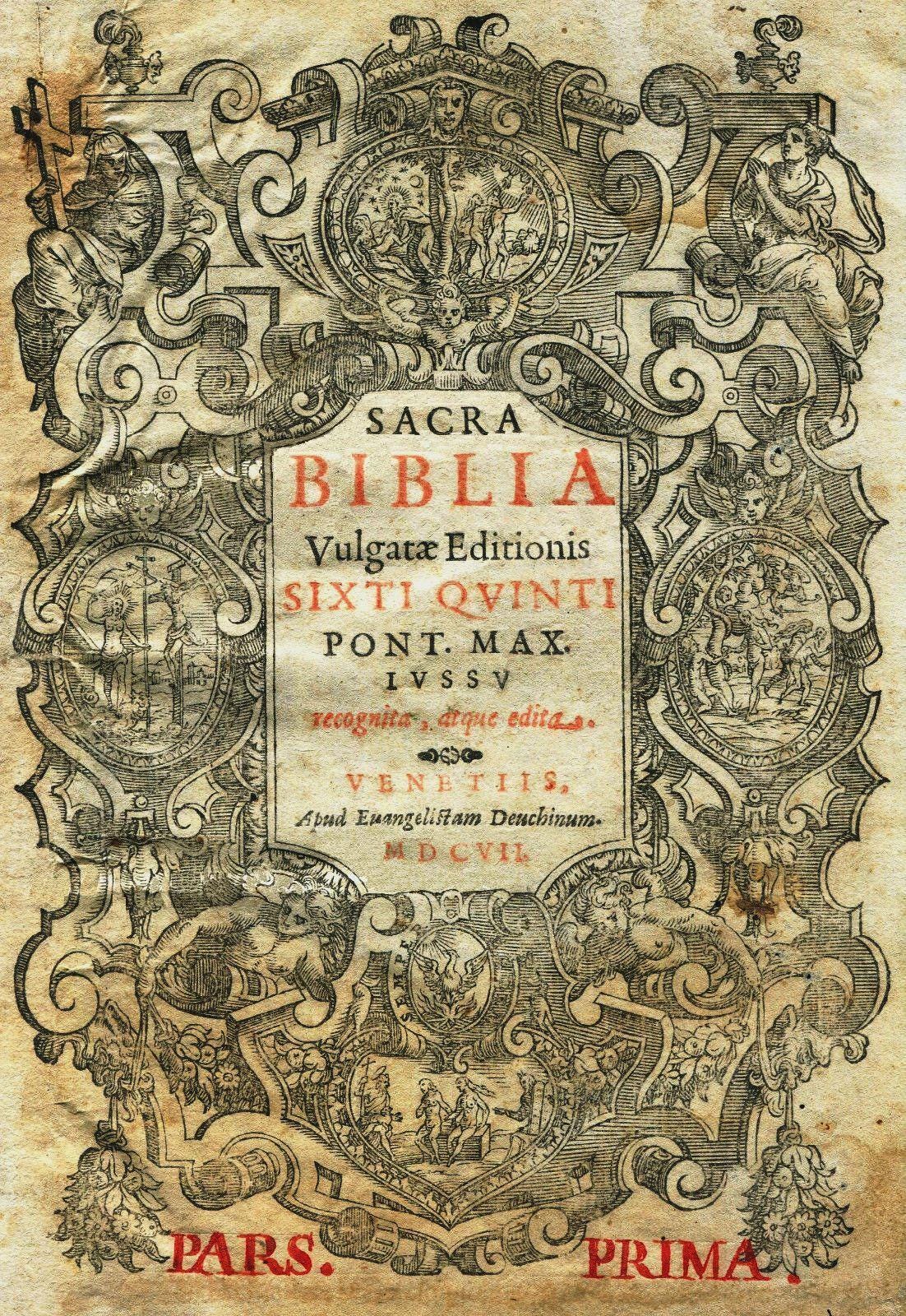
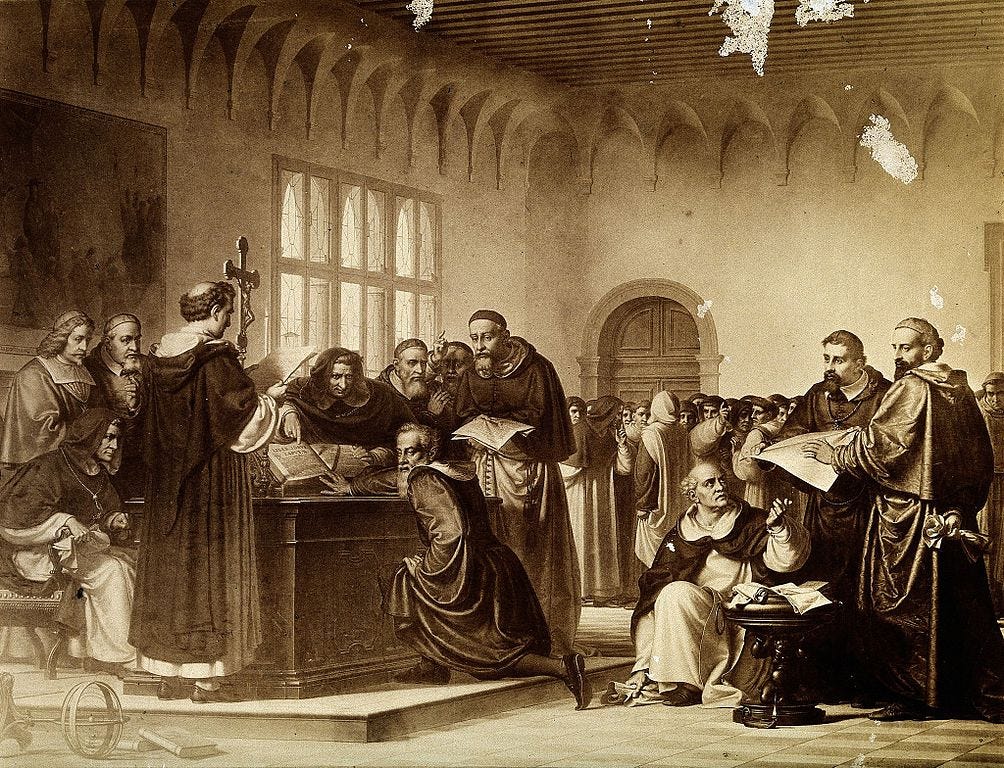
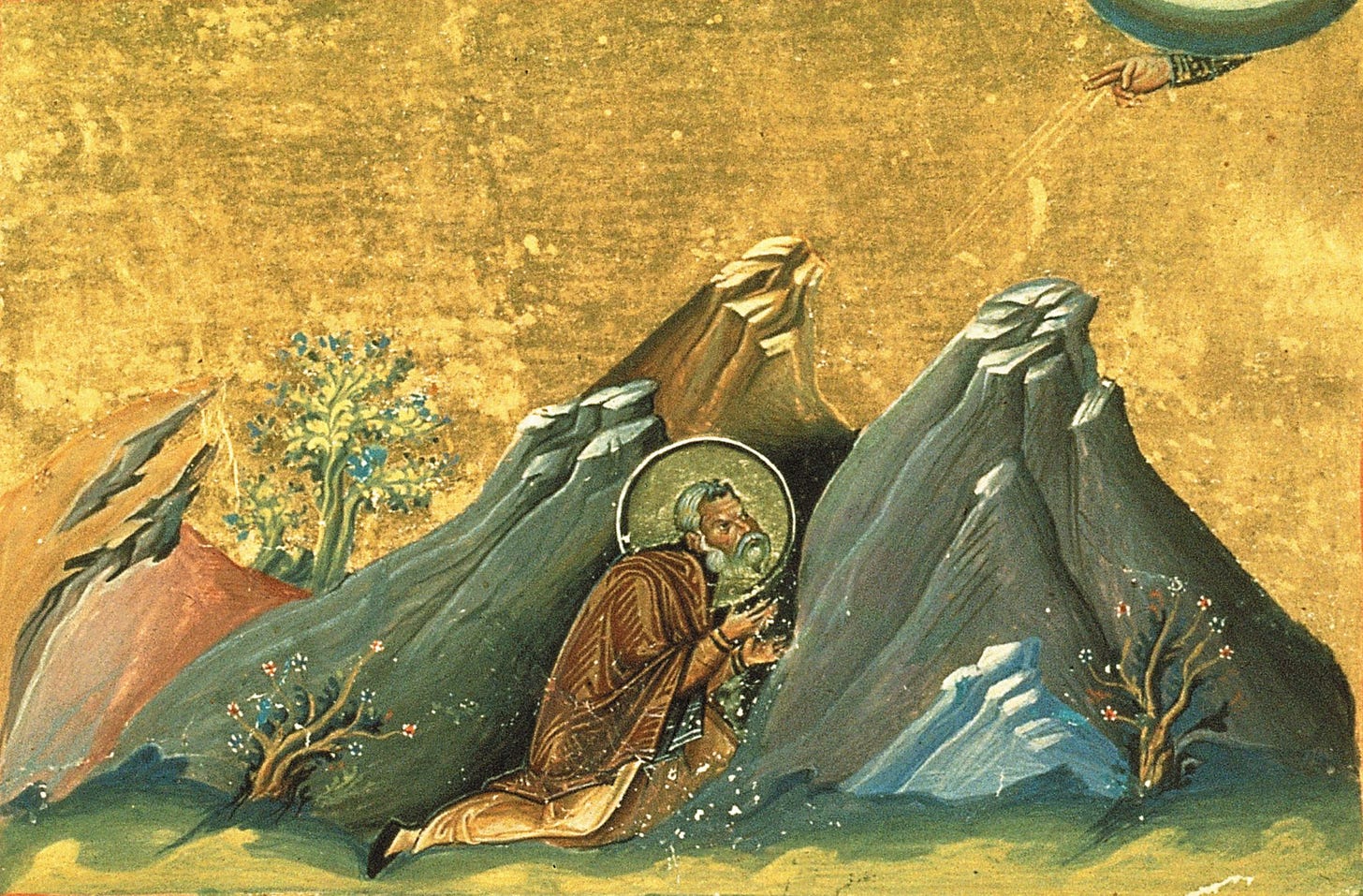
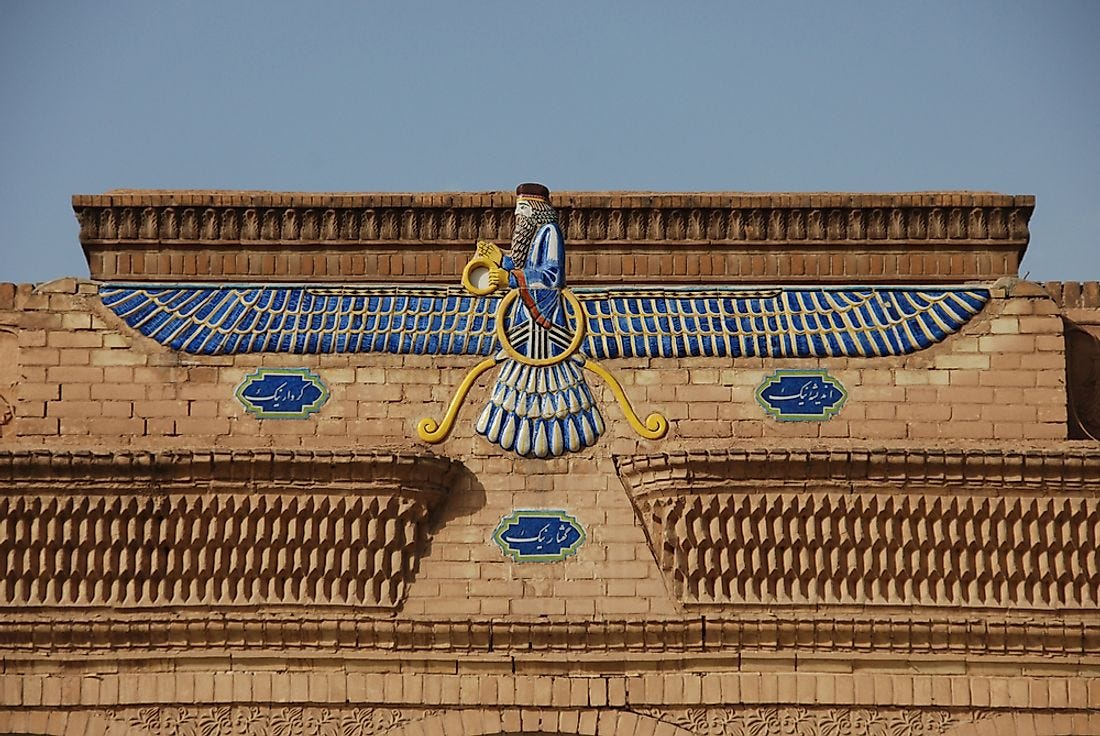


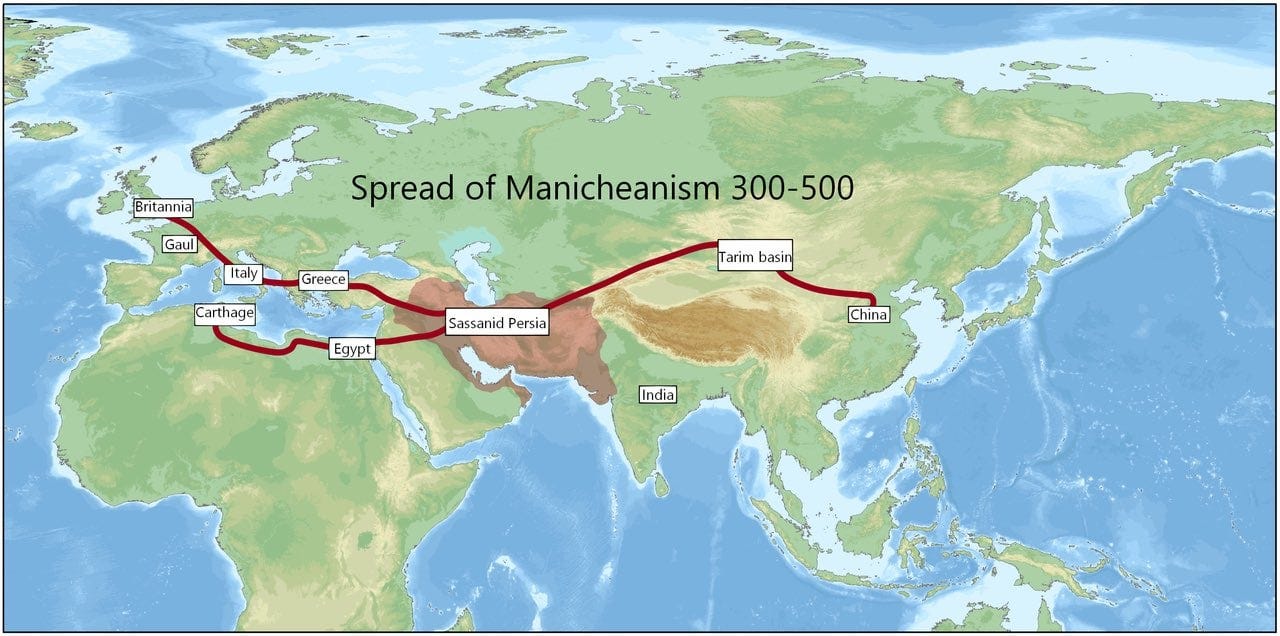
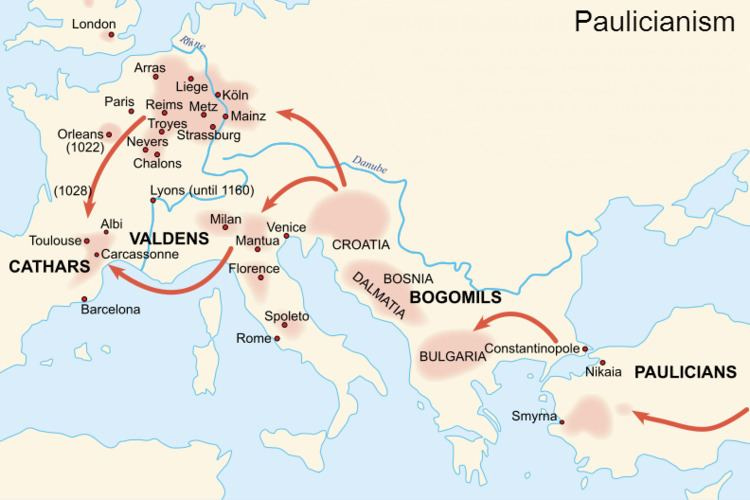
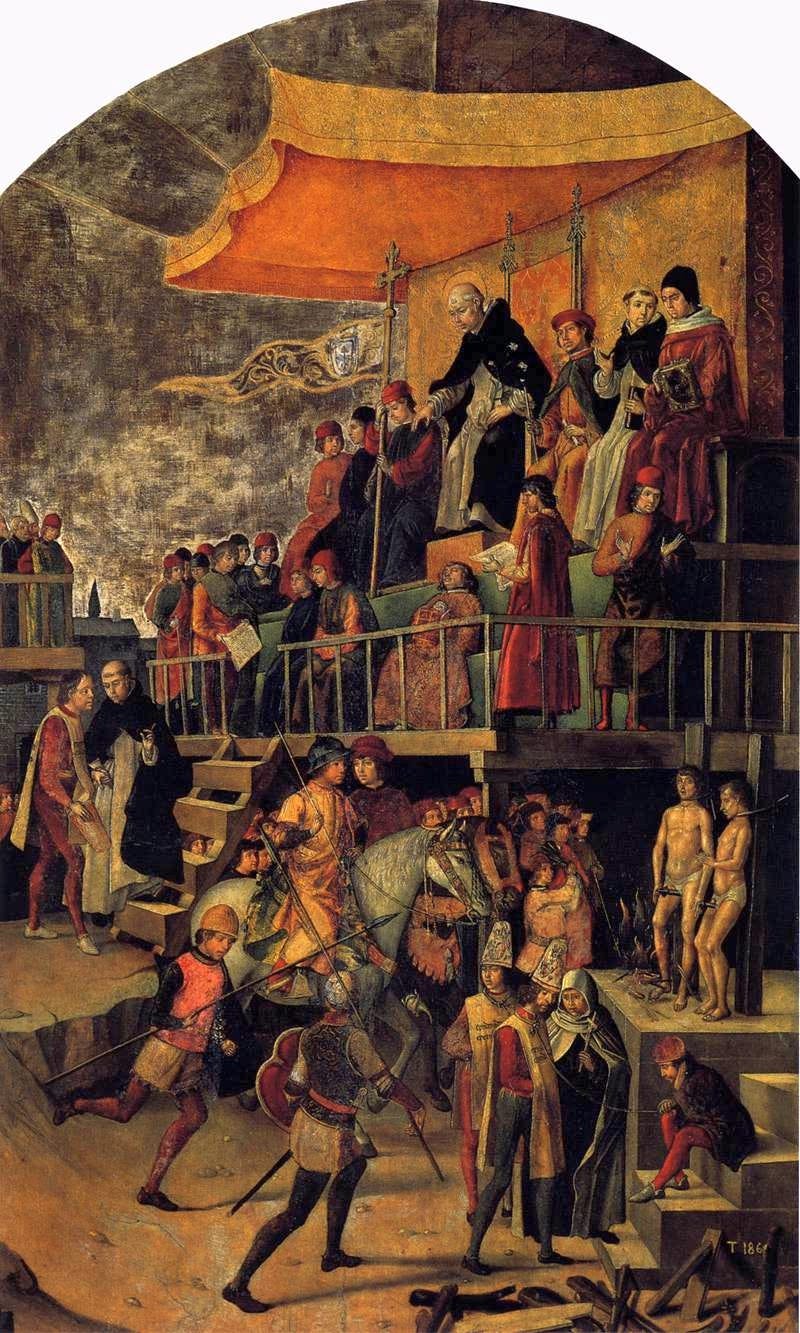
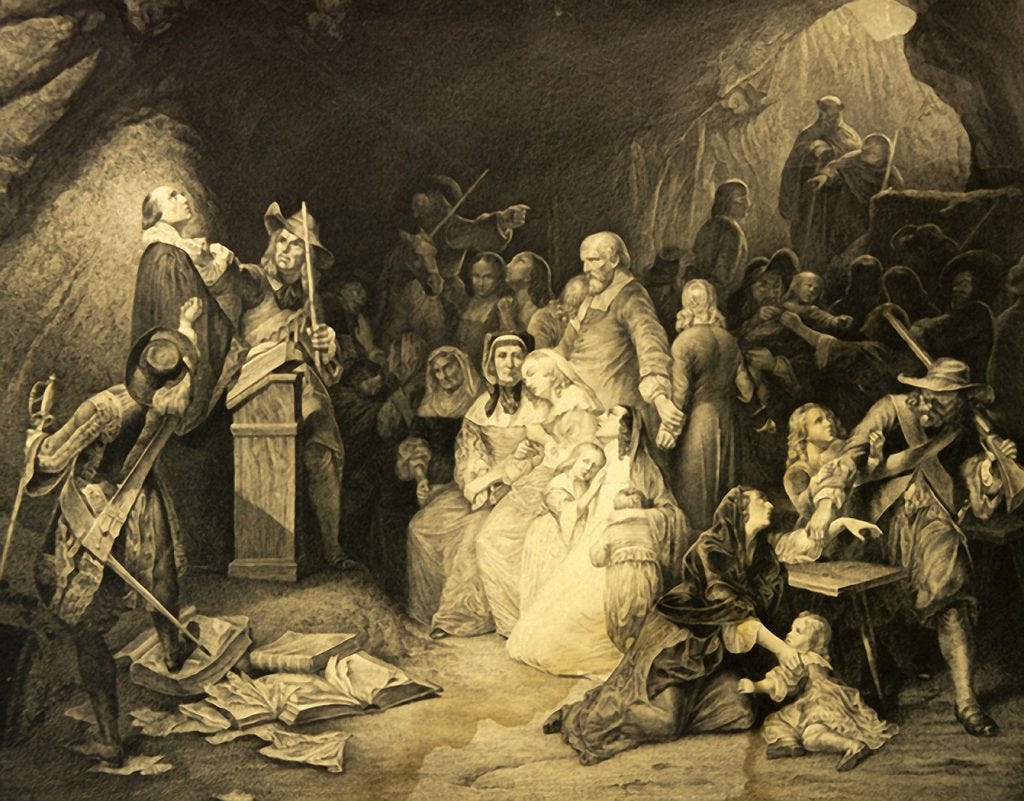
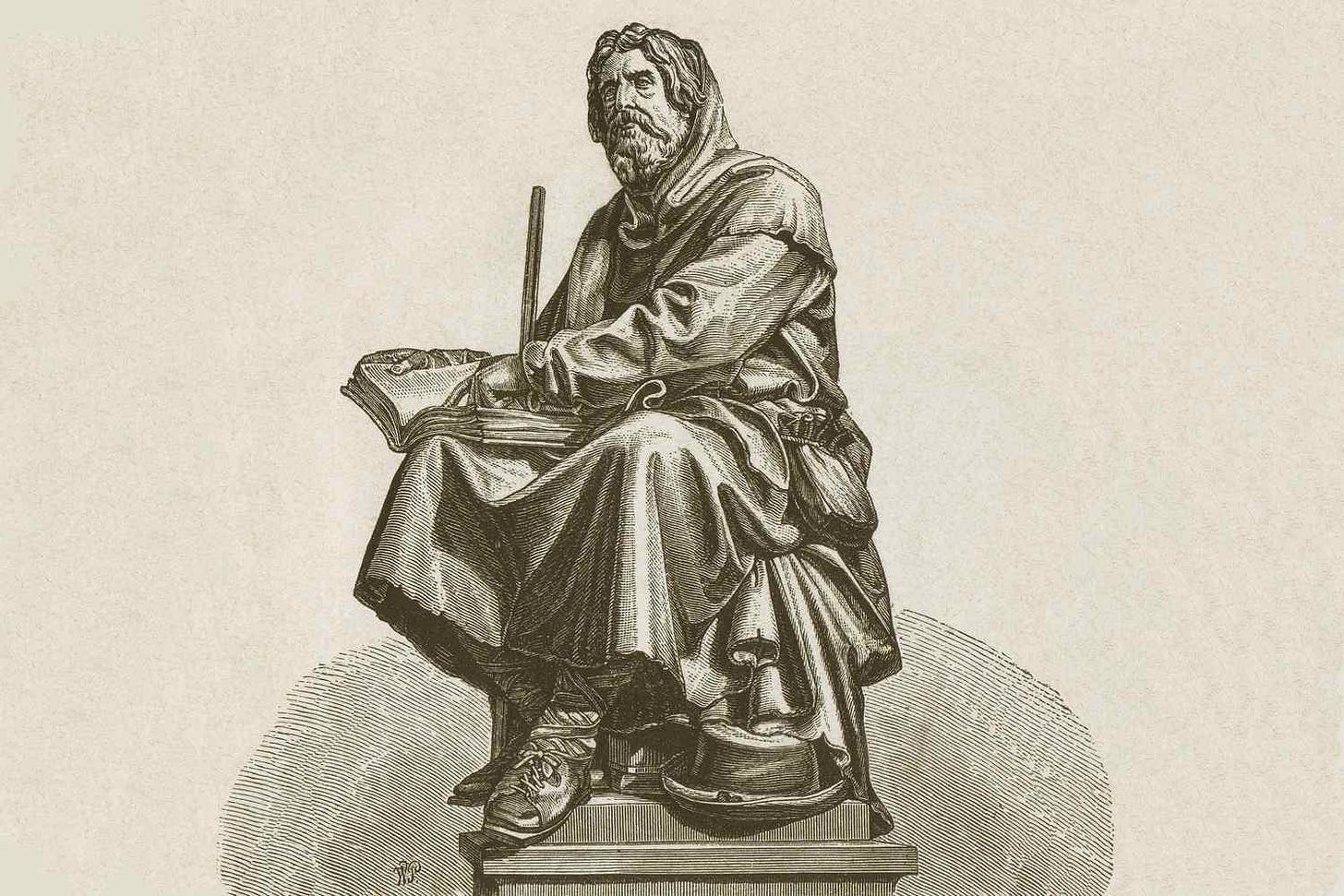
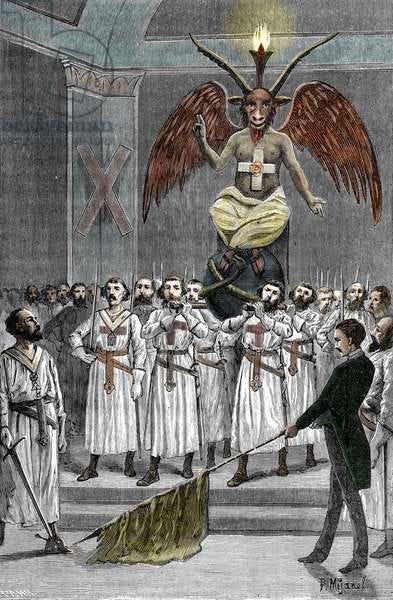
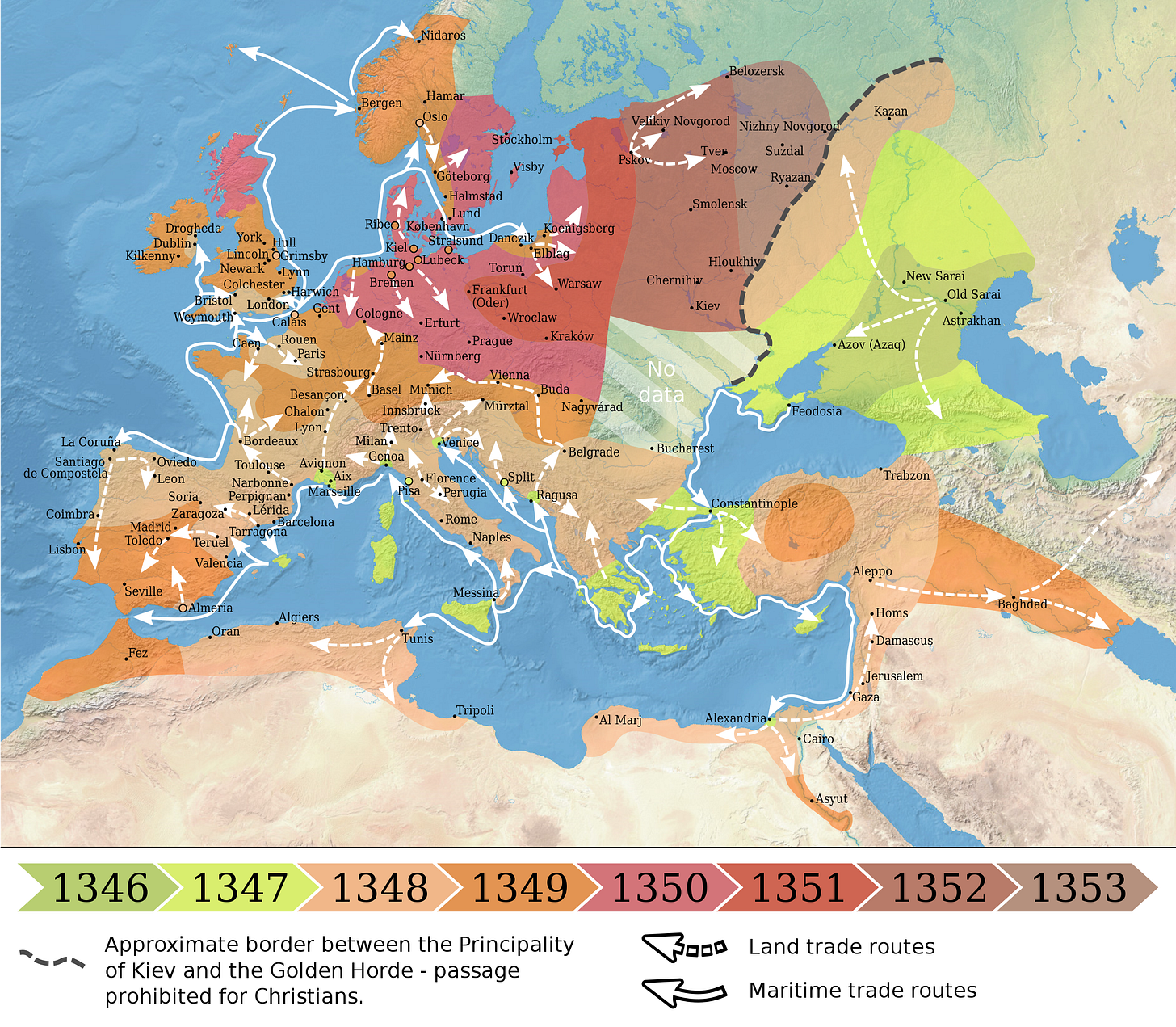
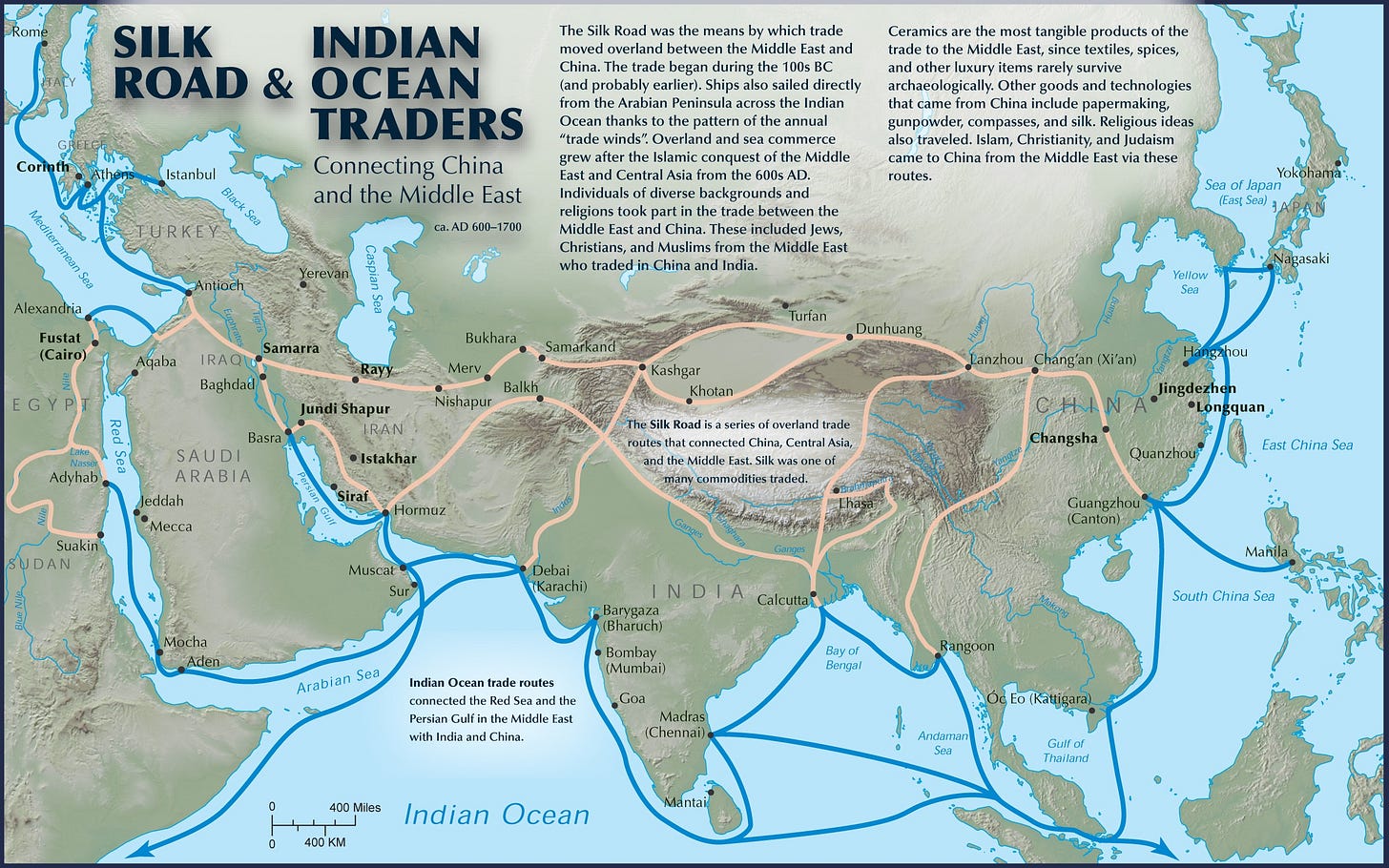
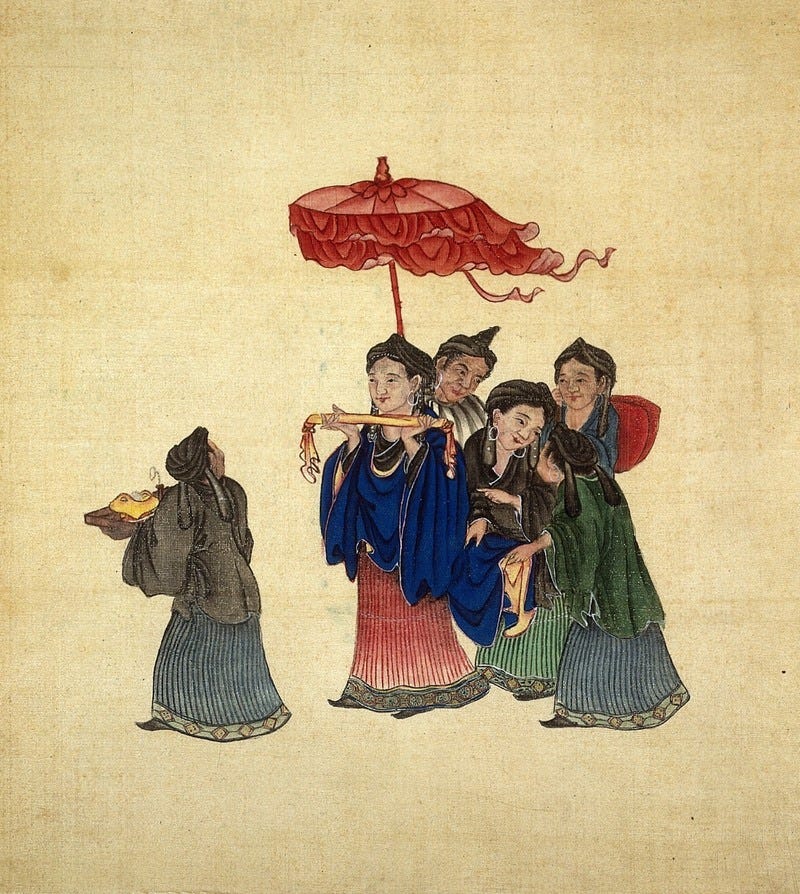
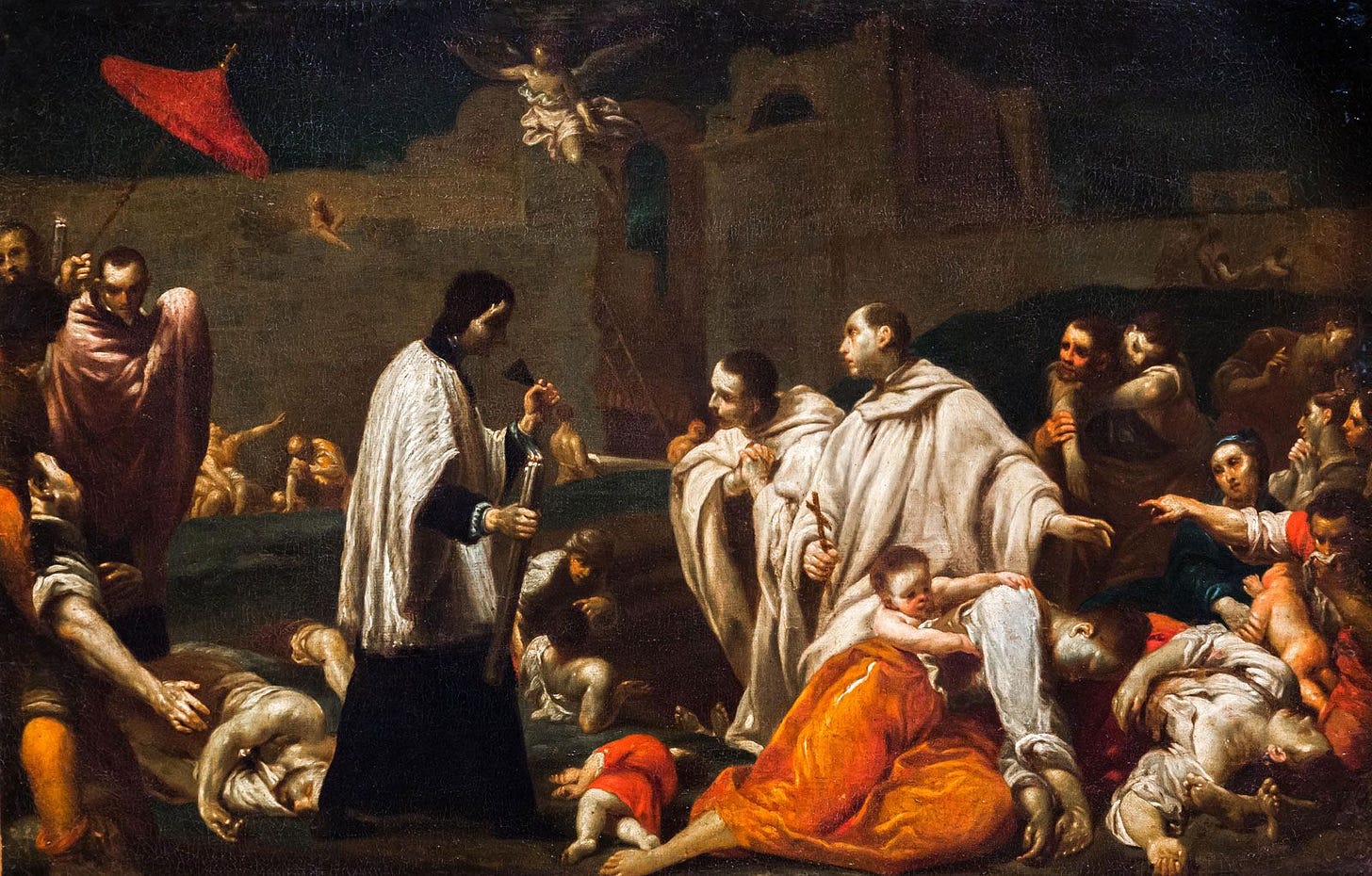
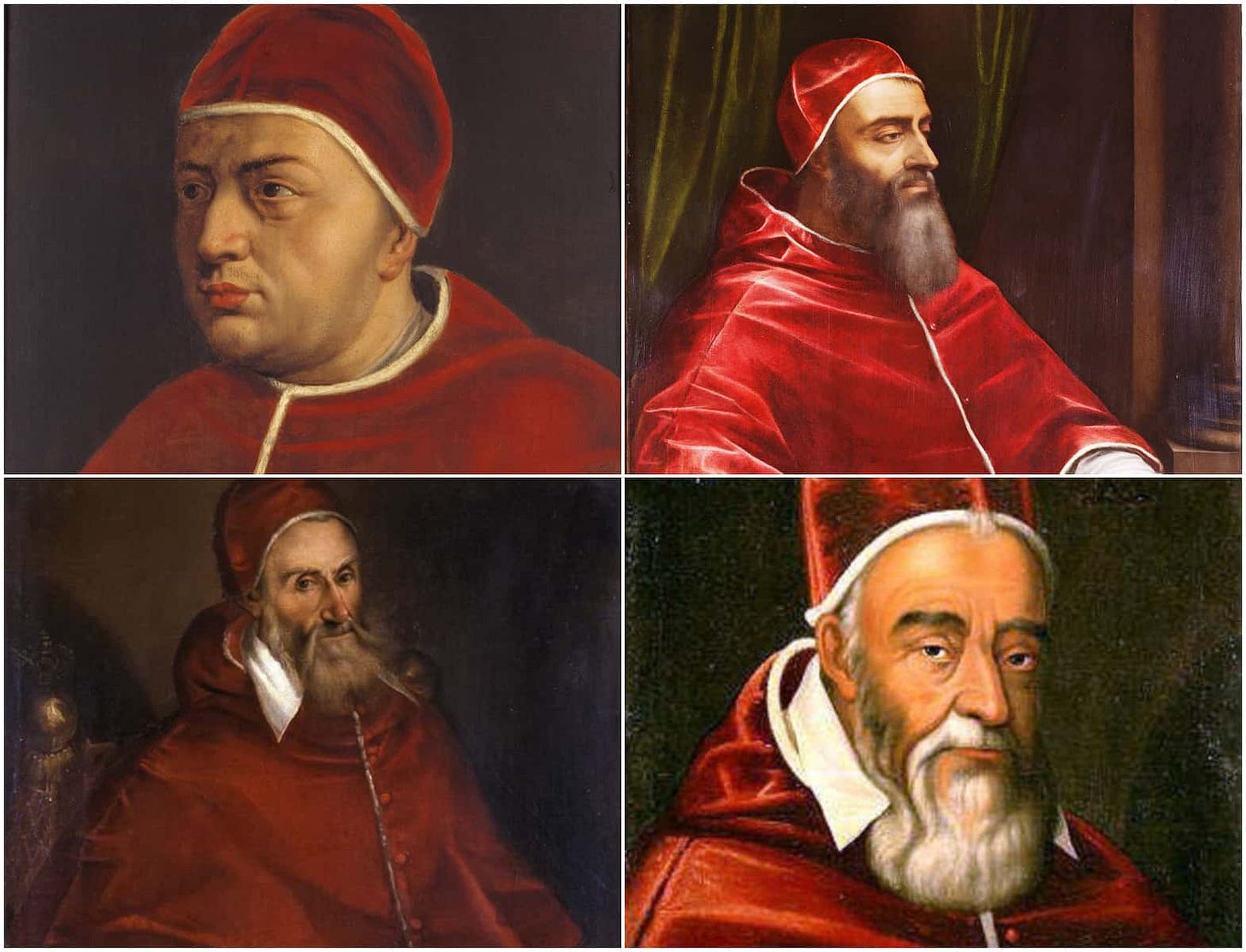
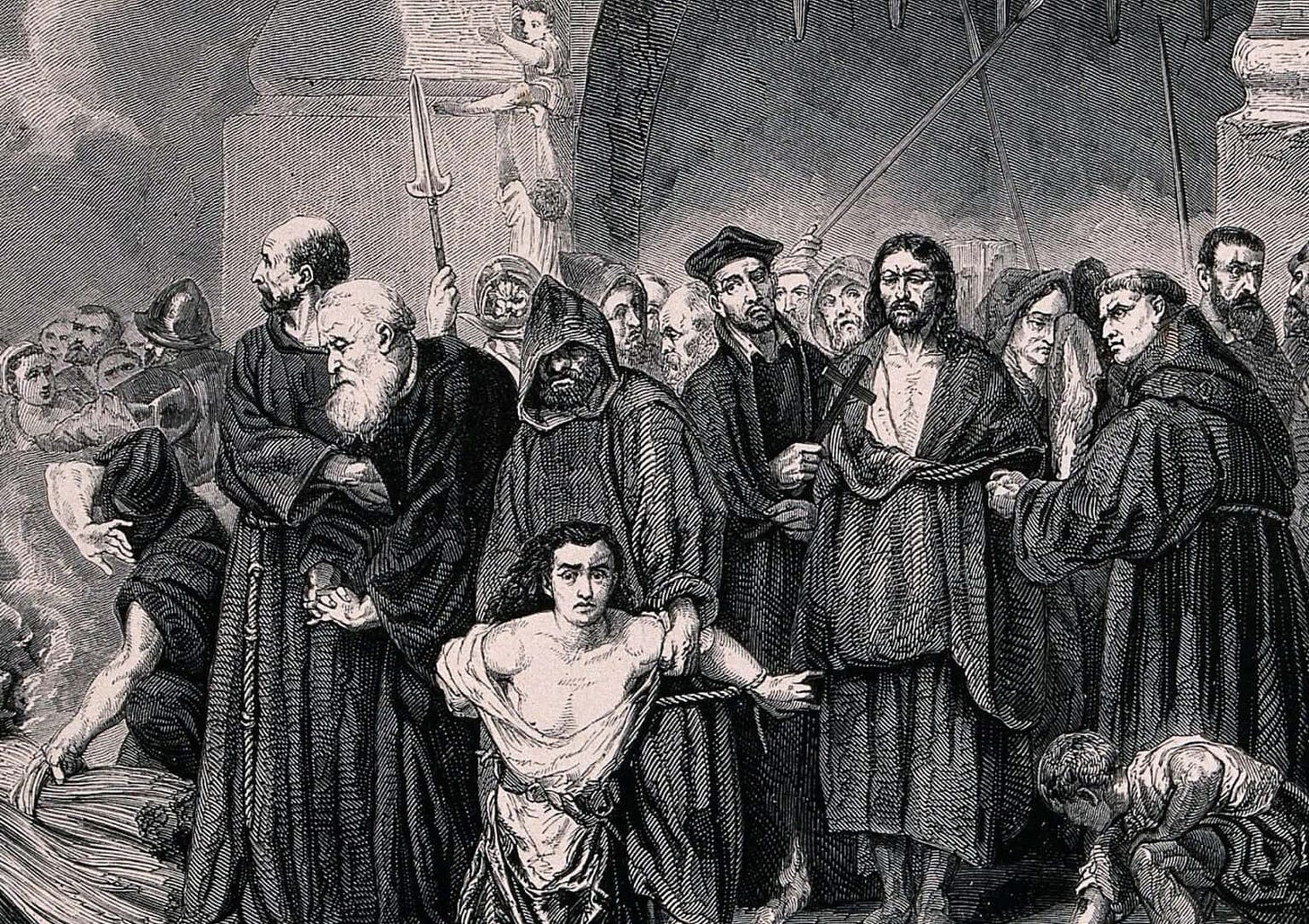

Absolutely incredible work! 🔥❤️
This is the type of evil still being utilized in current events as the freedom loving people of the world fight to destroy it. It is what will remain unless it is destroyed. As you covered in your historical research, this evil cares nothing about lives....only power. This evil will do absolutely anything to maintain the power and control the world’s population. However, now it has become known they want a tiny percentage to control and the goal is to cull the herd of 7.5 billion people. The Roman Catholic Church is at the core of this evil, assisted by the other 2 independent city states, London and DC. As the awakening continues and accelerates, we can anticipate and prepare for a panicked evil to ramp up the pace of evils to recreate the feudal system worldwide.
God bless you for these wonderfully detailed posts.🙏🙏